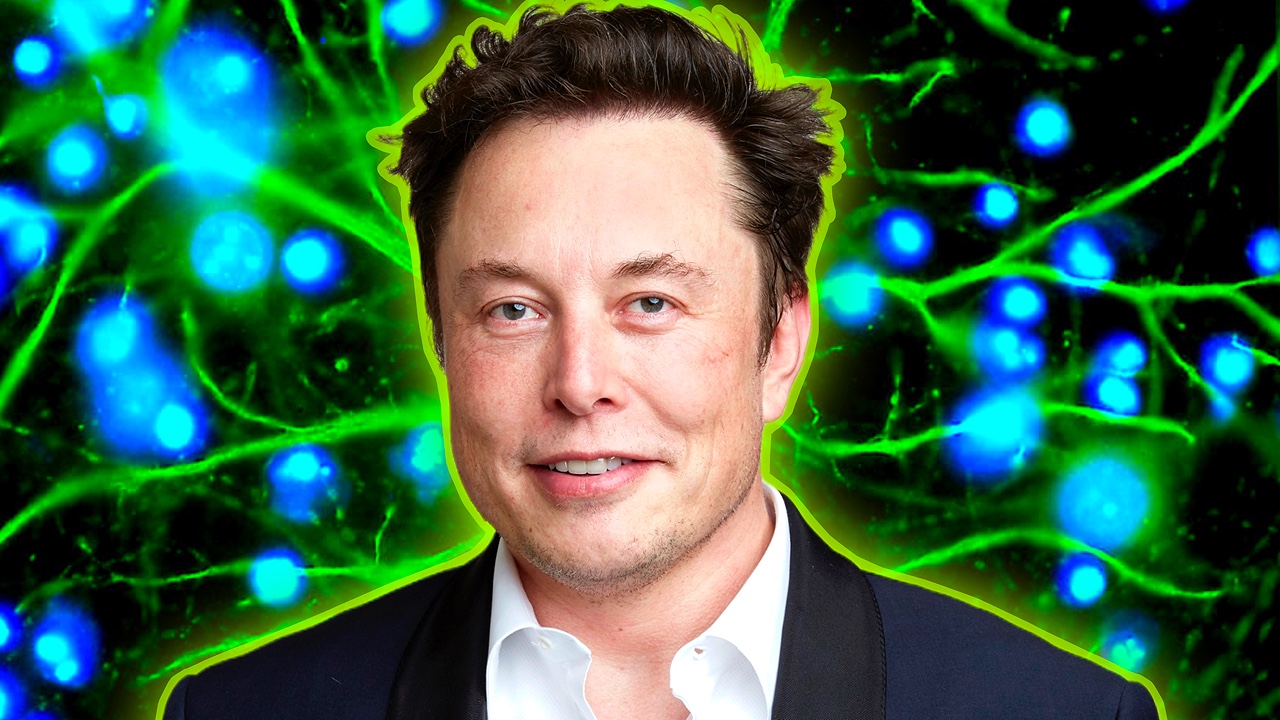
Elon Musk, known for his ambitious ventures like Tesla, SpaceX, and Neuralink, believes that humanity is on the brink of a technological revolution, one that could transform the way we interact with the world—and each other. His bold vision for the future includes enhancing the human brain, not through external gadgets or enhancements, but by directly integrating advanced technology into our neural systems. Musk believes the brain, while incredibly powerful, is outdated in the face of rapidly advancing artificial intelligence. Here’s why he thinks your brain needs an upgrade and how he plans to make it happen.
The Brain’s Limitations in the Age of AI
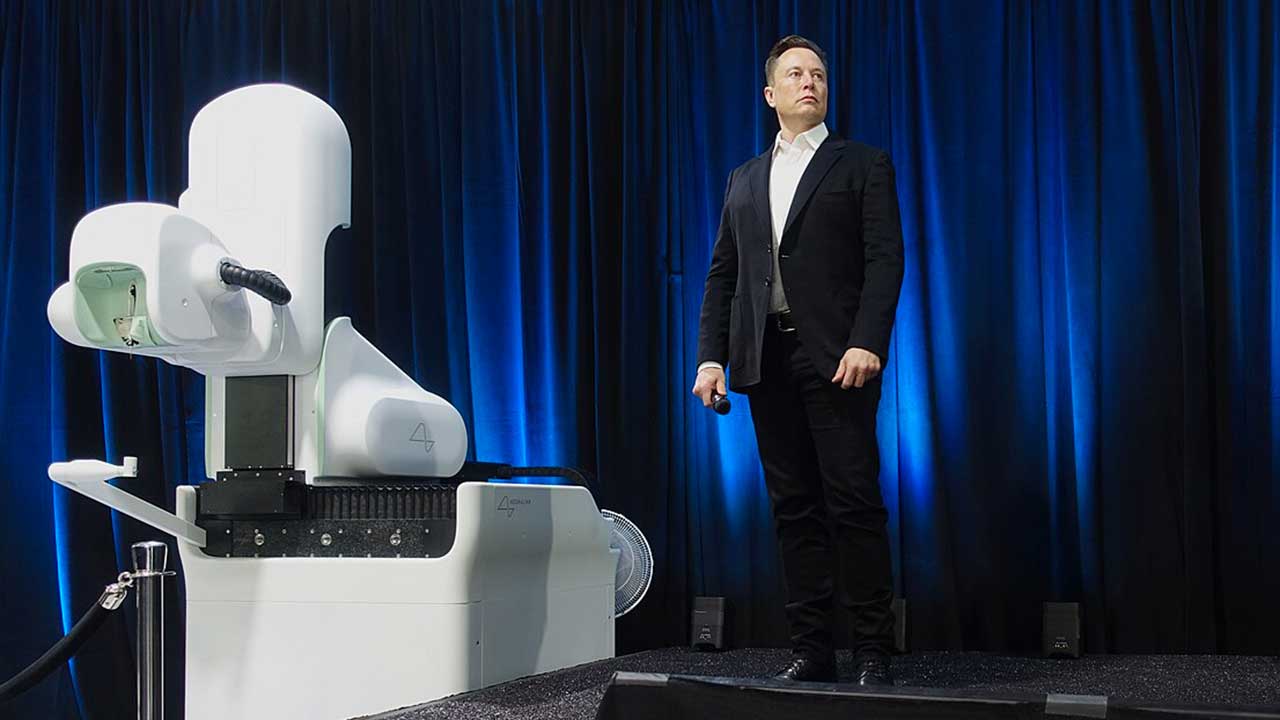
Musk’s fascination with the brain’s limitations comes from his concern about the rapid development of artificial intelligence. As AI technology continues to surpass human capabilities in fields like data processing, pattern recognition, and decision-making, Musk argues that humans will be left behind without a significant upgrade to our cognitive abilities. He believes that without augmenting our brains, we risk becoming obsolete in the face of superintelligent AI, which could ultimately outpace human capacity in every field.
Neuralink: The Bridge Between the Brain and Computers

To solve this problem, Musk founded Neuralink in 2016, a neurotechnology company focused on developing brain-machine interfaces (BMIs). Neuralink’s goal is to create devices that connect directly to the human brain, allowing it to communicate with computers and other digital systems. Through these interfaces, Musk envisions a future where humans can enhance their cognitive abilities, improve memory, and even communicate telepathically—by transmitting thoughts directly from one brain to another or to a computer. (Source: Forbes)
Enhancing Memory and Cognitive Function
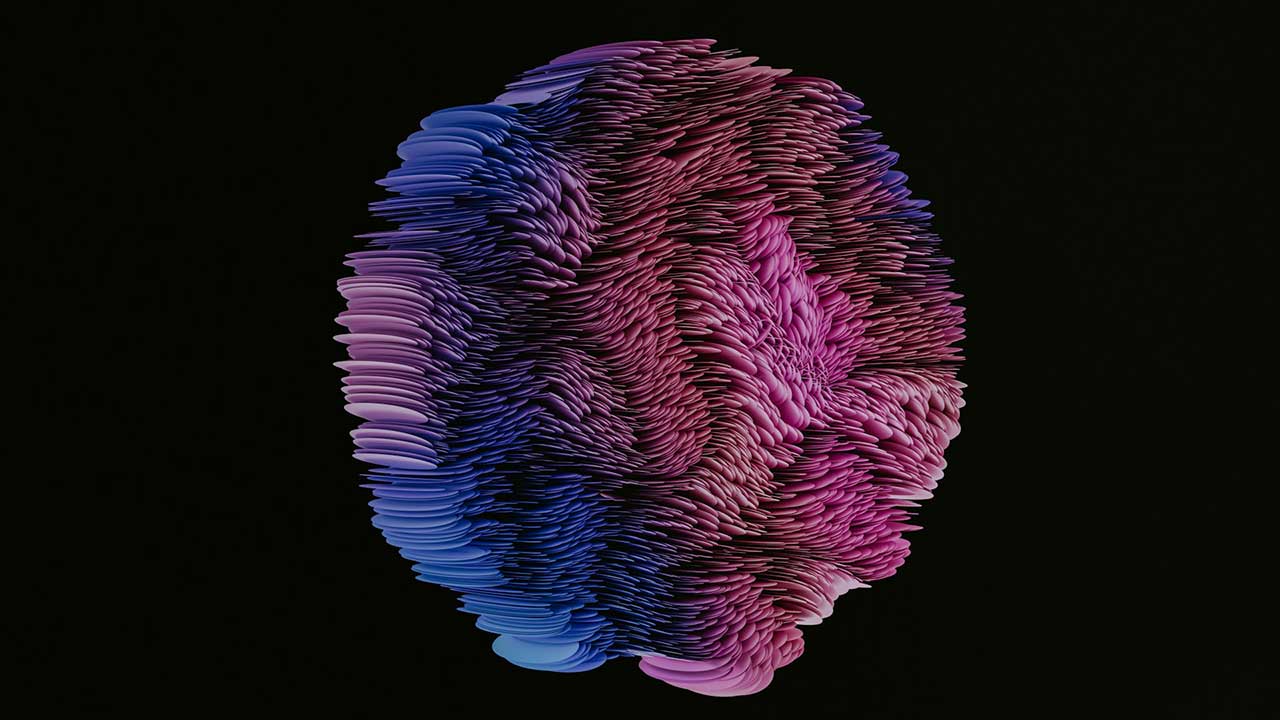
One of the key promises of Neuralink’s technology is its potential to enhance memory and cognitive functions. For individuals with conditions like Alzheimer’s or traumatic brain injuries, these brain-machine interfaces could provide a way to restore lost memory and cognitive functions. Neuralink’s long-term vision is to allow anyone to “upload” and “download” information directly into their brains, essentially providing a method to accelerate learning and expand human intelligence. (Source: The Index Project)
Symbiosis with AI
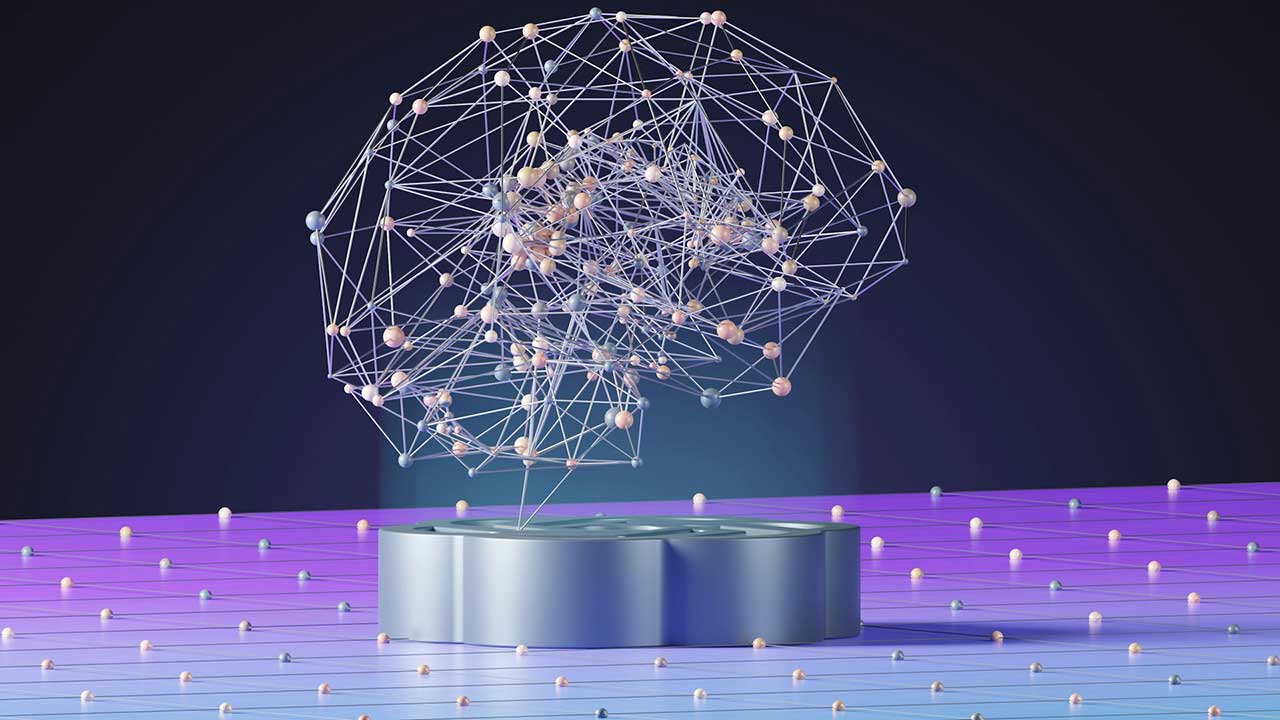
Musk has repeatedly warned about the dangers of developing superintelligent AI without a backup plan. His fear is that AI could become so advanced that it might surpass human intelligence in such a way that humans would be unable to control or even communicate with it. He argues that in order to coexist with AI, humans need to merge with it, creating a “symbiotic” relationship. Through Neuralink, the human brain could communicate directly with AI systems, enhancing human capabilities and ensuring that we remain relevant in a world dominated by intelligent machines. (Source: The Verge)
The Promise of Telepathy

Another exciting possibility that Musk foresees with Neuralink’s brain interfaces is the advent of telepathy. By linking brains to one another or to computers, it could be possible for humans to share thoughts and ideas without speaking. This could revolutionize communication, making it faster and more efficient. Instead of using language as a filter, individuals could exchange pure thoughts, ideas, and emotions directly, making collaboration and problem-solving much more effective. (Source: Wired)
Healing Brain Injuries
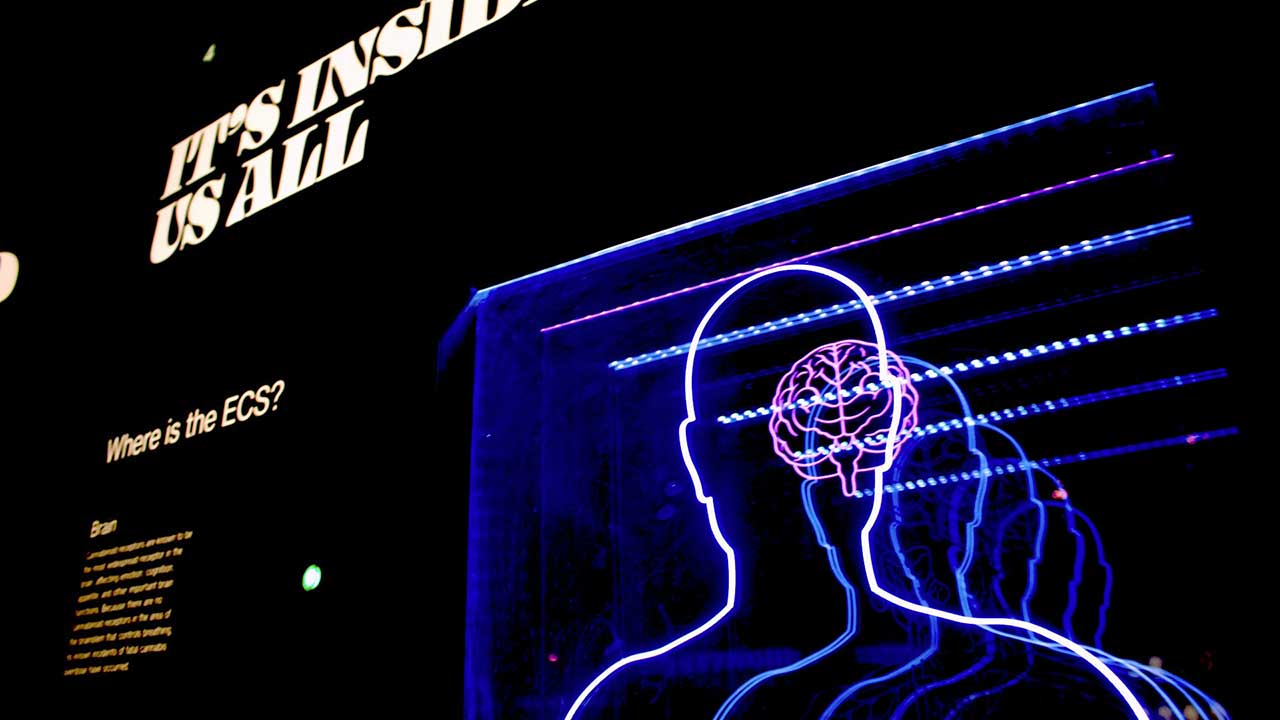
Beyond enhancing cognitive abilities, Musk’s technology has the potential to significantly impact medical science, especially in the realm of brain injuries and neurological diseases. Neuralink’s brain implants could potentially repair damaged neural tissue, restore lost motor functions, and even treat conditions like paralysis, depression, or Parkinson’s disease. For individuals who have suffered catastrophic injuries or illnesses, Neuralink offers hope for recovery and a higher quality of life. (Source: The Times)
The Ethical Questions Surrounding Brain Augmentation

While Musk’s vision is undeniably futuristic, it raises several ethical questions about the consequences of brain augmentation. Who will have access to these advanced technologies? Could they lead to social inequalities where only the wealthy have access to cognitive enhancements? Will enhanced brains create new divisions between “augmented” and “non-augmented” humans? These questions will need to be addressed as the technology develops, and Musk himself has acknowledged the need for responsible use and regulation. (Source: NeuroToday)
A World Where Humans and Machines Co-Exist
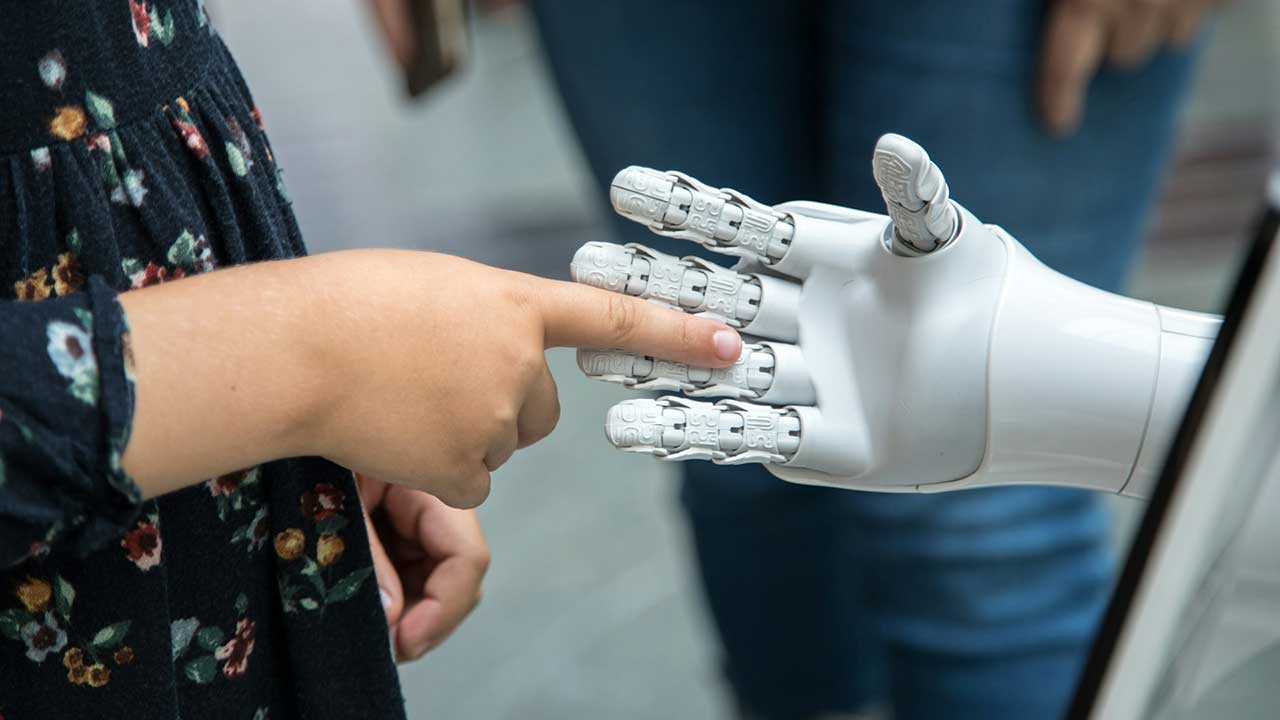
Musk’s ultimate goal with Neuralink is not to turn humans into robots or cyborgs, but to create a world where humans and machines coexist in harmony. By upgrading the human brain, Musk envisions a future where people can work seamlessly with AI, sharing information instantly and unlocking new levels of creativity, productivity, and intelligence. This could lead to breakthroughs in science, medicine, and technology, as humans and AI collaborate on solving the world’s most pressing problems. (Source: CNBC)
The Road Ahead for Neuralink
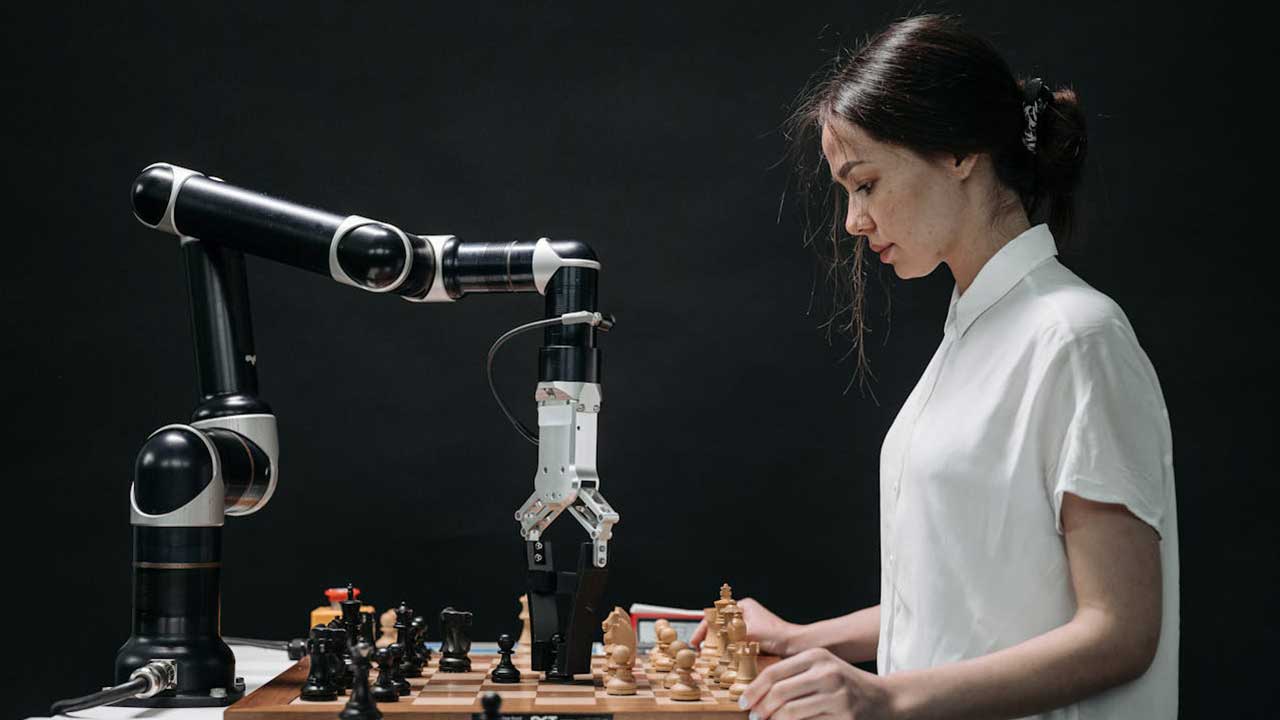
While Neuralink has made impressive strides in its research and development, including successful animal trials, it is still in the early stages of its journey. The company’s long-term vision is ambitious, and Musk has warned that it could take several years before the technology is ready for widespread human use. But with the potential to revolutionize everything from communication to healthcare, the stakes are incredibly high, and Neuralink is likely to play a key role in shaping the future of human evolution.
Elon Musk’s vision for upgrading the human brain is both audacious and transformative. Through Neuralink, he’s attempting to bridge the gap between biological intelligence and artificial intelligence, ensuring that humans remain relevant in a rapidly advancing world. Whether it’s enhancing memory, healing brain injuries, or fostering symbiosis with AI, Musk’s efforts represent the next step in human evolution—one where technology doesn’t just serve us but becomes a part of us. If successful, these brain upgrades could change the way we live, learn, and interact in ways we can only begin to imagine.